The nudity of the boy's body indicates that the scene takes place in Antiquity .
His foot and hand are suspended in the air , as if the boy was fixed in a victorious dance step .
The fighting cock appears in the young man's right arm , his head is straight , which shows his conquering temperament .
The sculpture shows the moment following the fight : the presentation of the Winning Rooster which brings recognition and money from the punters to the breeder of the animal .
Bronze proof with nuanced brown patina, resting on a red marble base, bearing the words "RACES AT LIMOGES , MAY 1893 , CERCLE DE L'UNION PRIZE" .
Signature of the sculptor "A.Falguière" , hollow , on the oval terrace , naturalist .
Circular stamp of the founder "Thiébaut Frères Fondeurs Paris" .
Old edition bronze , period second part of the 19th century .
Very good state of conservation and patina.
Height : 87 cm
Alexandre Falguière (1831-1900)
Trained in the workshop of the sculptor François Jouffroy at the Ecole des Beaux-Arts in Paris, Alexandre Falguière won "The Prize of Rome" in 1859, which enabled him to receive a government scholarship to study at the Villa Medici in Rome.
In 1864, he sent to the Salon des Artistes, which is held every year in Paris, the fruit of his Italian work, the sculpture of "Winner At Cockfight". Success is immediate .
Emperor Napoleon III , buys the original bronze sculpture .
It measures one meter seventy-four and is kept at the Musée d'Orsay .
Many editions are then melted down to satisfy the demands of collectors .
Their sizes vary from 40 to 90 centimeters in height .
The sale of these sculptures provides Alexandre Falguière with a comfortable income , and places him in the position of prominent artist .
Alexandre Falguière was then part of a group of sculptors , with Dubois , Mercié and Moulin , who were nicknamed the “Florentines”.
As in the city of Florence during the Renaissance , these sculptors draw their themes from antiquity .
They are also inspired by bronzes rediscovered in the ruins of Pompeii , reproductions of which circulate through Europe .
The sculpture is part of the emerging movement of the neo-Florentines .
References to the Renaissance, notably to the juvenile male figures of the sculptor Donatello, mingle with the classical inspiration of the subject .
The work was presented again at the Universal Exhibitions of 1867 and 1889 .














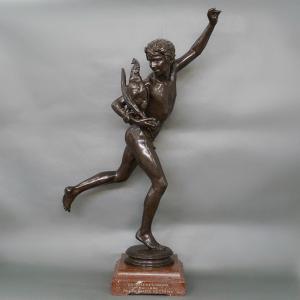

















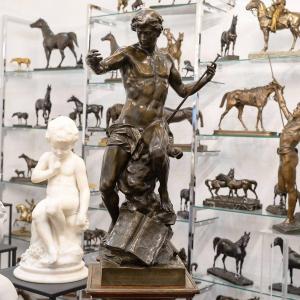

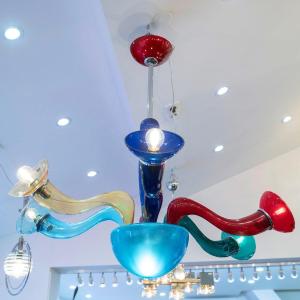
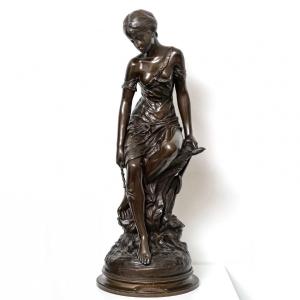
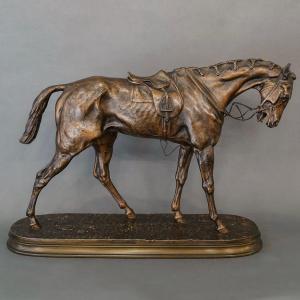

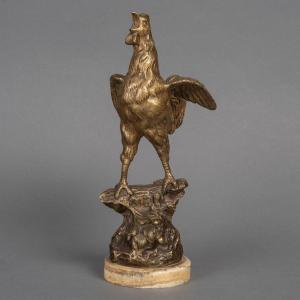

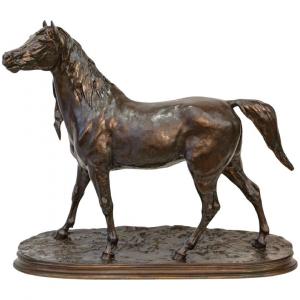

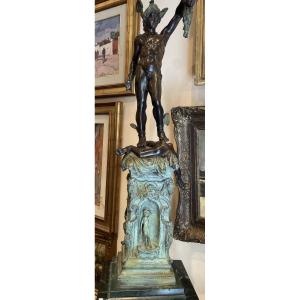







 Le Magazine de PROANTIC
Le Magazine de PROANTIC TRÉSORS Magazine
TRÉSORS Magazine Rivista Artiquariato
Rivista Artiquariato